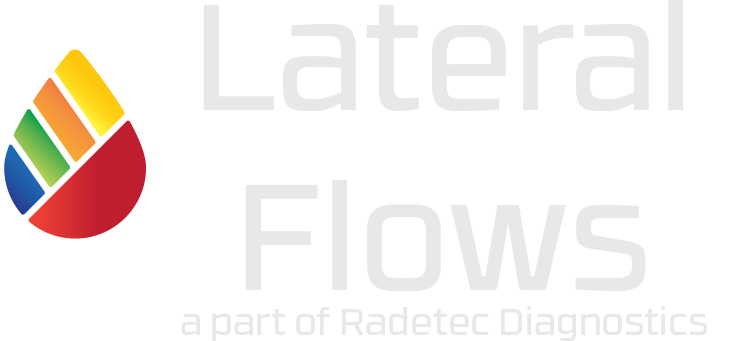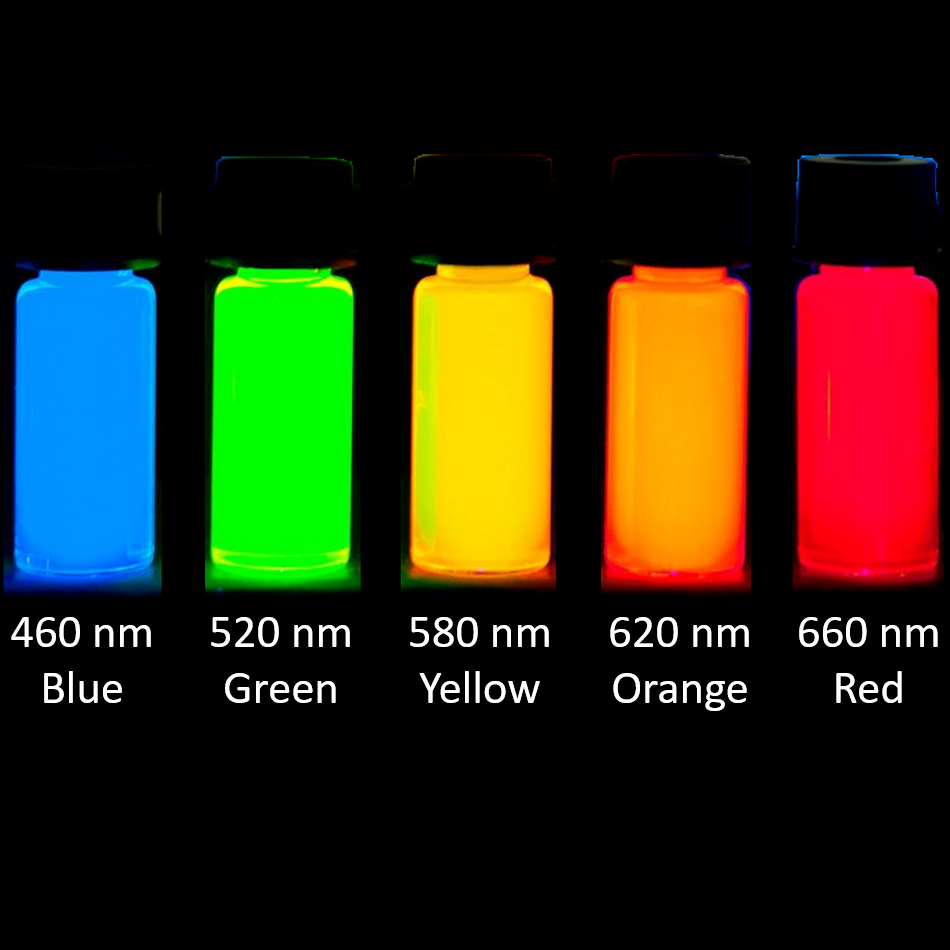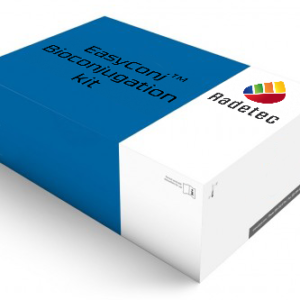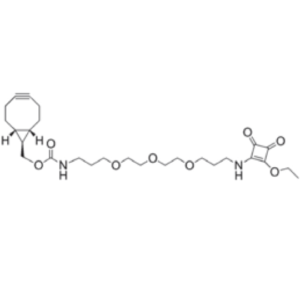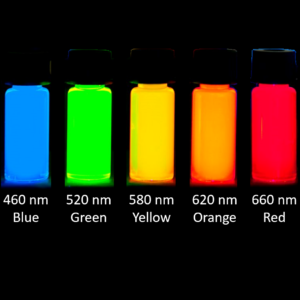Description
A common issue of quantum dots is their low stability in buffers and physiological media, which has limited their applications in biology and medicine. Particles produced by Radetec, EasyConjTM quantum dots, do not suffer from this limitation and are perfect for biomedical research. Our particles are stable in physiological conditions and do not photobleach. They are perfect fit for bio-labelling and bio-conjugation, since our proprietary technology allows the introduction of PEG spacers (that limit the non-specific binding to these particles) and several functional groups on the surface of our particles. Each batch of EasyConjTM quantum dots is characterised via TEM, UV-Vis and fluorescence, to ensure their quality.
EasyConjTM quantum dots functionalised with carboxyl groups (-COOH) can be used to conjugate biomolecules via EDC/NHS reaction, while azide groups (-N3) can be used for “Click Chemistry” conjugation strategies. EasyConjTM quantum dots can also be made with other surface chemistries or emission wavelengths.
Contact us for more information. Custom synthesis that are not in stock will incur in a extra charge of AUD 500.
Quantum dots are used for many biological applications, including fluorescent assays for pathogen detection or drug discovery, single protein tracking, and in-vivo imaging. EasyConjTM quantum dots are ideal for covalent conjugation with proteins, antibodies and other biomolecules. For example, our 550 nm quantum dots are equivalent to 6-carboxyrhodamine 6G, 580 nm quantum dots to R-phycoerythrin (PE) or rhodamine Red-X, and 600 nm to Cy3.5. Visit our Learning Centre to discover how quantum dots can replace conventional fluorescent dyes.
Product Data Sheet and Protocol
Safety Data Sheet CdSe/CdS/ZnS
Safety Data Sheet CuInS2/ZnS
References
- F Lisi, P Falcaro, D Buso, AJ Hill, JA Barr, G Crameri, TL Nguyen, L.‐F. Wang, P. Mulvaney. Rapid detection of Hendra virus using magnetic particles and quantum dots. Adv. Healthc. Mat., 2012, 1 (5), 631-634. (link)
- C Schieber, A Bestetti, J P Lim, A D Ryan, T-L Nguyen, R Eldridge, A White, P A Gleeson, P S Donnelly, S J Williams, P Mulvaney. Conjugation of Transferrin to Azide-Modified CdSe/ZnS Core–Shell Quantum Dots using Cyclooctyne Click Chemistry. Angew. Chem. Int. Ed., 2012, 124 (42), 10675-10679. (link)
